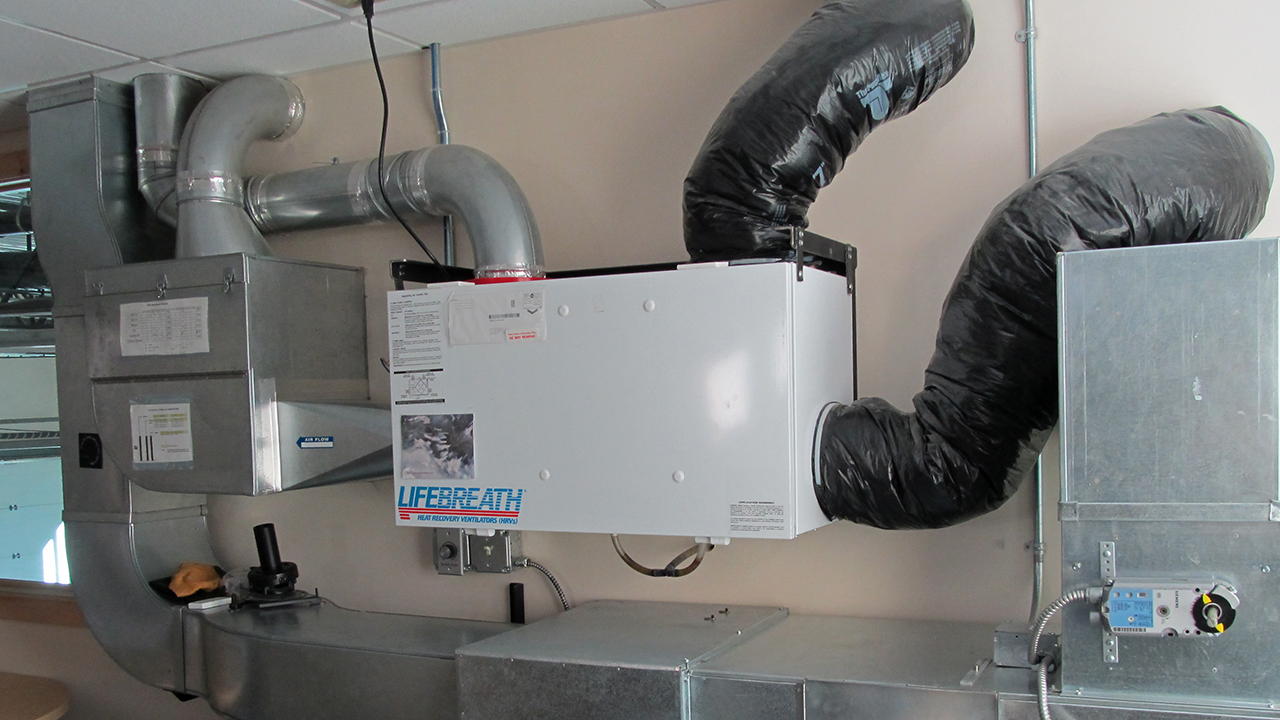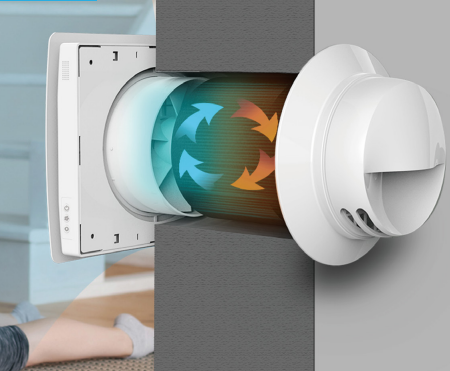Quick Guide: What to Consider Before Installing HRV
The All-Inclusive Overview to the Uses of Heat Recovery Ventilation in Modern Buildings
Heat Recovery Ventilation (HRV) systems stand for a considerable improvement in building technology (HRV Heat Recovery Ventilation). They give an approach for exchanging stale indoor air with fresh outside air while lessening energy loss. This strategy not just enhances indoor air high quality yet likewise contributes to energy performance in both property and business buildings. Comprehending the numerous applications and advantages of HRV can disclose its important role in contemporary design and sustainability efforts. The effects of this technology are worth discovering even more
Comprehending Heat Recovery Ventilation Solutions

Several modern buildings focus on energy performance, recognizing warmth healing ventilation (HRV) systems is important for optimizing indoor air quality and minimizing energy consumption. HRV systems function by moving heat from stale interior air to inbound fresh air, efficiently preserving comfy indoor temperature levels while reducing power loss. These systems consist of a heat exchanger, followers, and ductwork that facilitate the flow of air. Throughout winter, HRV devices capture and reuse warm from the outbound air, while in summertime, they can help cool down incoming air. By continuously trading air, HRV systems likewise decrease moisture and the focus of interior contaminants. Appropriate installment and maintenance of HRV systems are crucial for their performance and effectiveness in improving general building efficiency and comfort.
Advantages of Heat Recovery Ventilation
Heat recovery ventilation systems provide many advantages that improve both energy effectiveness and indoor air quality in contemporary buildings. By catching and reusing energy from exhaust air, these systems significantly minimize cooling and heating costs, leading to reduced energy intake. They preserve a consistent circulation of fresh outdoor air, minimizing the danger of interior air pollutants and allergens. This continual exchange aids regulate moisture levels, avoiding mold and mildew growth and making sure a healthier living setting. Furthermore, HRV systems contribute to sustainability objectives by reducing total carbon impacts. Their capacity to maximize air flow without giving up thermal comfort makes them a valuable enhancement to contemporary building layout, advertising both financial and ecological benefits.
Applications of HRV in Residential Buildings
As home owners significantly focus on power performance and interior air quality, the applications of heat recuperation air flow (HRV) systems in residential buildings have actually ended up being much more widespread. HRV systems are especially advantageous in snugly sealed homes, where preserving fresh air blood circulation is crucial for preventing moisture buildup and interior toxins. They efficiently move warm from outward bound stale air to incoming fresh air, minimizing energy costs connected with cooling and heating. Additionally, HRVs can improve comfort degrees by controling moisture and temperature. They are additionally versatile for numerous domestic designs, consisting of single-family homes and multi-unit buildings. Overall, incorporating HRV systems sustains lasting living techniques while making certain a much healthier indoor environment for passengers.
HRV in Industrial and Commercial Setups
In industrial and industrial setups, the execution of heat recuperation air flow (HRV) systems has become progressively crucial for maximizing power efficiency and keeping air quality. These systems efficiently transfer warm from exhaust air to incoming fresh air, decreasing the need for added heating or air conditioning. This not just Home Page decreases power costs yet additionally adds to sustainability campaigns. Industries such as production, warehousing, and workplace structures profit considerably from HRV systems, as they assist control temperature and moisture levels, guaranteeing a comfy and efficient environment. Additionally, HRV systems help in getting rid of contaminants and excess wetness, boosting interior air quality. As guidelines around air high quality become stricter, the adoption of HRV innovation is most likely to expand, making it a crucial component of modern industrial and commercial framework.
Future Trends in Heat Recovery Ventilation Technology

Frequently Asked Inquiries
How Does Heat Recovery Ventilation Effect Indoor Air Top Quality?
Heat recovery ventilation considerably boosts indoor air top quality by continuously exchanging stagnant indoor air with fresh outdoor air while recouping energy. This process minimizes contaminants, preserves excellent humidity degrees, and assures a healthier atmosphere for passengers.
Can HRV Solutions Be Set Up in Existing Structures?
HRV systems can indeed be mounted in existing buildings. Retrofitting might call for alterations to ductwork and ventilation designs, yet it considerably enhances power efficiency and interior air top quality, making it a practical option for older frameworks.
What Upkeep Is Required for HRV Solutions?

Exist Details Climates Where HRV Is More Reliable?
Heat recovery ventilation systems are specifically efficient in climates with substantial temperature differences in between periods. These systems maximize energy effectiveness by recuperating heat from exhaust air, making them ideal for both cold and reasonably warm atmospheres.
How Do HRV Solutions Affect Energy Costs?
